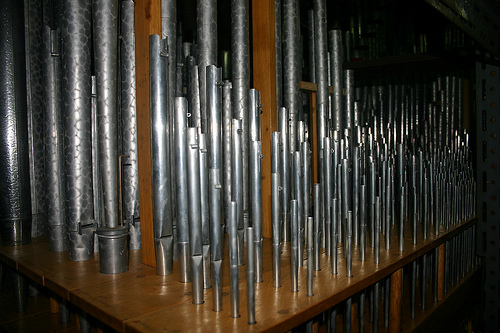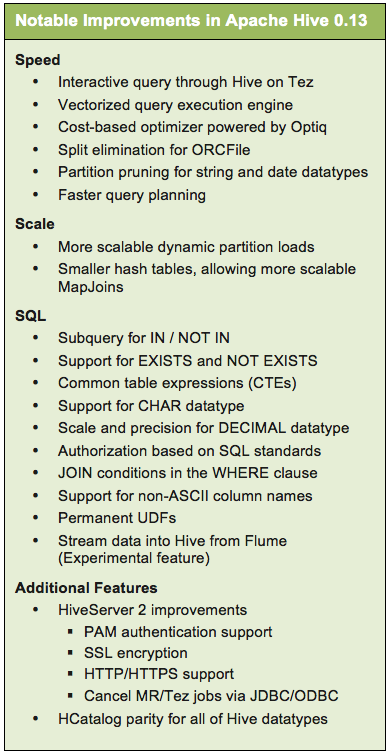From the CIA Simple Sabotage Field Manual (Strategic Services Field Manual No. 3)
From the manual:
(a) Organizations and Conferences
(1) Insist on doing everything through “channels.” Never permit short-cuts to be taken in order to expedite decisions.
(2) Make “speeches.” Talk as frequently as possible and at great length. Illustrate your “points” by long anecdotes and accounts of personal experiences. Never hesitate to make a few appropriate “patriotic” comments.
(3) When possible, refer all matters to committees, for “further study and consideration.” Attempt to make the committees as large as possible — never less than five.
(4) Bring up irrelevant issues as frequently as possible.
(5) Haggle over precise wordings of communications, minutes, resolutions.
(6) Refer back to matters decided upon at the last meeting and attempt to re-open the question of the advisability of that decsion.
(7) Advocate “caution.” Be “reasonable” and urge your fellow-conferees to be “reasonable” and avoid haste which might result in embarrassments or difficulties later on.
(8) Be worried about the propriety of any decision — raise the question of whether such action as is contemplated lies within the jurisdiction of the group or whether it might conflict with the policy of some higher echelon.
Judging from the markings on the PDF file, the document containing the quoted material was classified at some level, from January, 1944 until April of 2008.
Over sixty (60) years as a classified document. To conceal, in part, a description of “sabotage” that can be observed at every level of government and in the vast majority of organizations.
One potential update to the manual:
Disrupting network connectivity: Glue a small ceramic magnet to a computer next to the Ethernet connector. Best if the magnet has a computer related logo. If you have access to the inside of the computer, glue it on the inside next to the Ethernet connector.
I first saw this at The CIA guide to sabotage by Chris Blattman.
PS: Untested but you could start with the 1/8 inch cube magnets from Apex Magnets. Strictly for educational purposes of course.

